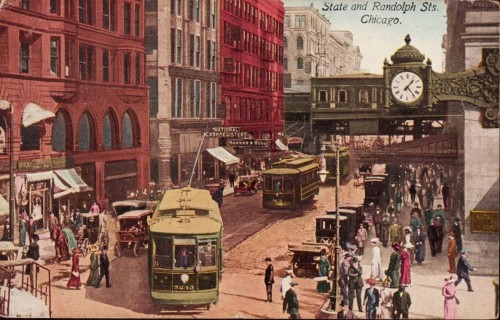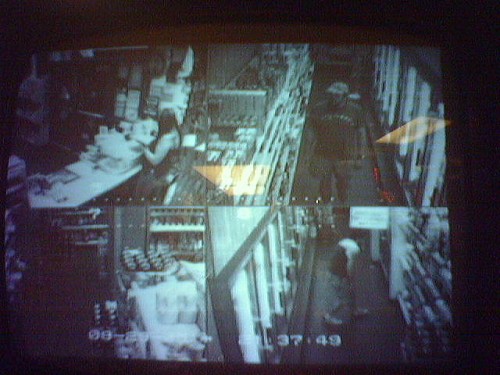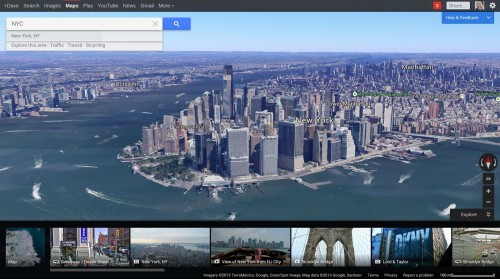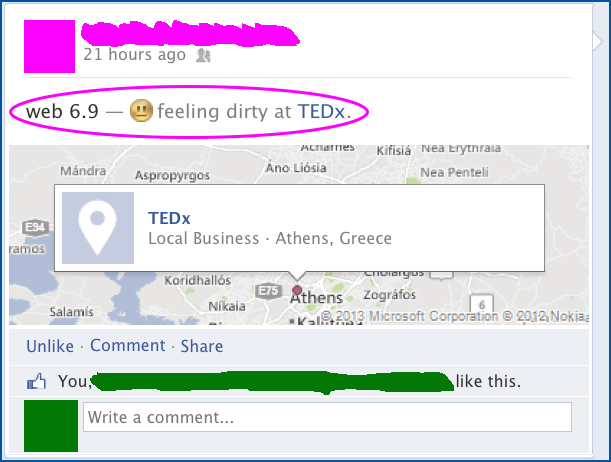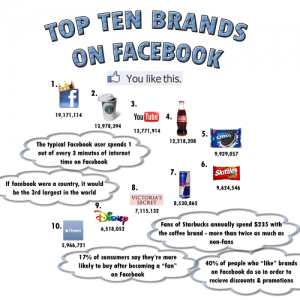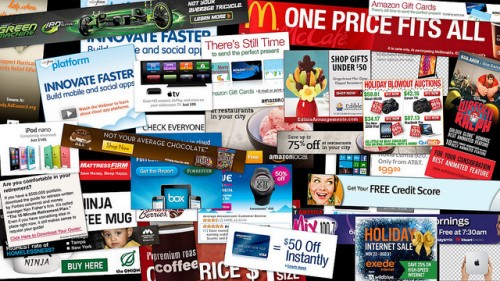
The ad is a fantastic invention. It has the uncanny ability to transform use value into a kind of crude exchange value. The useful or fun thing draws attention and that attention is then monetized by offering people with money the chance to put a message in front of some eyeballs. It is an exceptionally elegant solution to something that Karl Marx predicted would be a near-insolvable problem for capitalists: finding new frontiers to privatize and profit off of. Back in 2006 the Economist went so far as to proclaim that the Internet was “The Ultimate Marketing Machine.” Not only can it serve up more eyeballs than any newspaper or gridlocked highway, it provides tools to let the advertiser know if the ad was noticed. This innovation has provided a solid revenue source for everything from brand new things like social networking to very old institutions like journalism. If you invented a thing, but have no idea how to turn it into a living, the quickest and easiest way to start earning money is to slap an ad on the thing.
Maybe that’s a little flippant. Ads aren’t necessarily easy to do right. You can break or severely hobble a great new thing if you keep interrupting a person’s interaction with it. The best TV show will suck if it is punctuated by commercials every thirty seconds. You have to strike a balance and that balance is hard to find now that lots and lots of people have gotten a taste of ad-free living. And of course people have different tolerance levels. I have a hard time writing without music in the background but I absolutely cannot abide lyrics or words because I’ll actually start writing them down. So while lots of my friends put up with the free version of Spotify I have always paid for the premium version. An ad-supported Spotify would be useless to me.
Pay for the product yourself, or let advertising do its magic have been our only two choices for a long time even before the Great Magical Eyeball Corralling Device expanded the boundaries of capitalist accumulation to the most intimate moments of construction and performance of self. “Media has always compromised user experience for advertising,” writes The Verge’s Nilay Patel, “that’s why magazine stories are abruptly continued on page 96, and why 30-minute sitcoms are really just 22 minutes long.” Patel warns that anyone smaller than the likes of Apple, Facebook, and Google will become collateral damage in an all-out war to undercut each-other’s revenue streams and grow their own. “It is going to be a bloodbath of independent media.”
This is largely true, although “always” and “bloodbath” are exceedingly strong words. The Society Pages (that’s us) and The New Inquiry do not advertise on their sites. Jacobin advertises minimally and most of their advertisers are other magazines and book publishers. Wikipedia also seems to fly in the face of this narrative. It is not radical, in fact it is distinctly plausible in the here and now, to produce content with little-to-no advertising. Striking a balance between making something and making that something profitable is an issue of organizational mission, not technical ability. It is at once a design choice and a political decision. That is what I was getting at when I tweeted this last week:
Full communism is the ultimate ad blocker.
— d a banks (@DA_Banks) September 18, 2015

